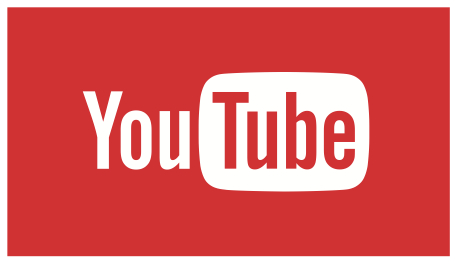The tension between Google’s YouTube and the music recording industry still roils. Google says that YouTube has made payments topping $3 billion to the music industry, but the music industry claims that YouTube’s rates are lower than those paid by SoundCloud and Spotify, both ad-supported. Music is important to YouTube, but YouTube — with its enormous audiences — is also important to the music industry. They need each other, but neither will budge. Now a Google report spells out its point of view.
The Wall Street Journal reports that Midia Research’s Mark Mulligan estimates that “YouTube’s rights payments rose only 11 percent in 2015 while total music streams over the service grew 132 percent that year.”
Morgan Stanley says YouTube’s revenue was $7.3 billion last year and will likely be $10.9 billion this year. Bernstein’s Carlos Kirjner says that, “music accounted for more than 60 percent of total YouTube views in the first quarter,” and a Cowen & Co. survey determined that YouTube is the “second-largest music medium in the U.S. next to traditional radio.”
Another bone of contention, notes Variety, is piracy. The music industry says YouTube doesn’t do enough to stop it, but Google says the industry is “making millions from YouTube’s Content ID copyright-detection system, and that the process is used 50 times more frequently than DMCA takedown notices.”
Google followed up that assertion with a report that music companies leave up more than 95 percent of copyright infringed material that Content ID finds, to monetize it with advertising. Google also claims that half of the music industry’s YouTube revenue “comes from fan content claimed via Content ID.”
Google also reports that, “some 8,000 copyright owners, including record labels, are now using YouTube’s Content ID system to track their content.”
“Content ID goes beyond a simple ‘notice-and-takedown’ system to provide a set of automated tools that empowers rightsholders to automatically claim their content and choose whether to track, block or monetize it on YouTube,” says Google senior policy counsel Katie Oyama. “Thanks to Content ID, YouTube is also the only platform that gives partners an automated way to directly monetize background/incidental use and (song) covers.”
Content ID, which debuted in 2007, now has more than 50 million reference files in its database.
Google also says it responds to removal requests “in less than six hours on average,” and also fights advertising piracy, having blacklisted more than 91,000 sites from AdSense since 2012. The company also rejected 670,000 ads submitted to AdWords between September 2015 and March 2016, on grounds of copyright infringement.


No Comments Yet
You can be the first to comment!
Sorry, comments for this entry are closed at this time.